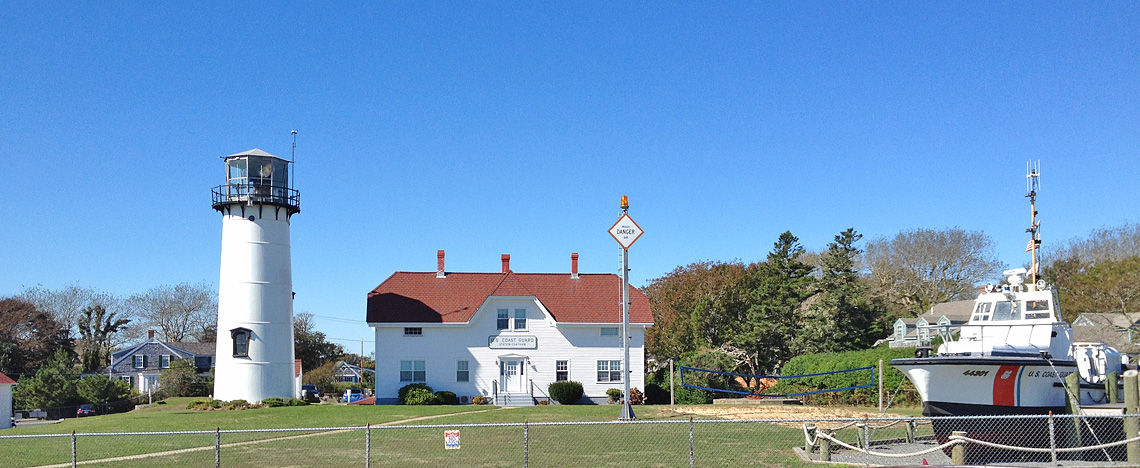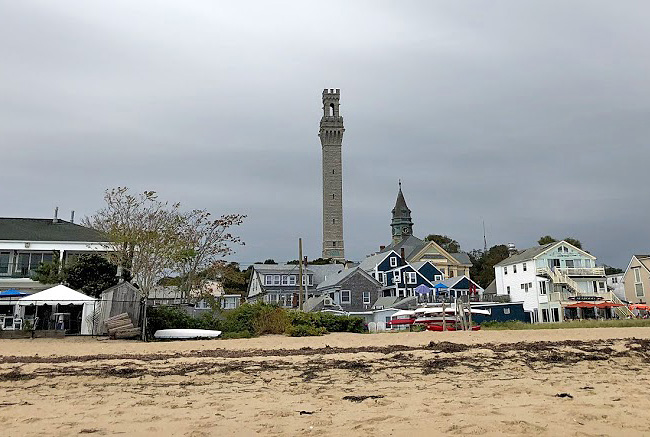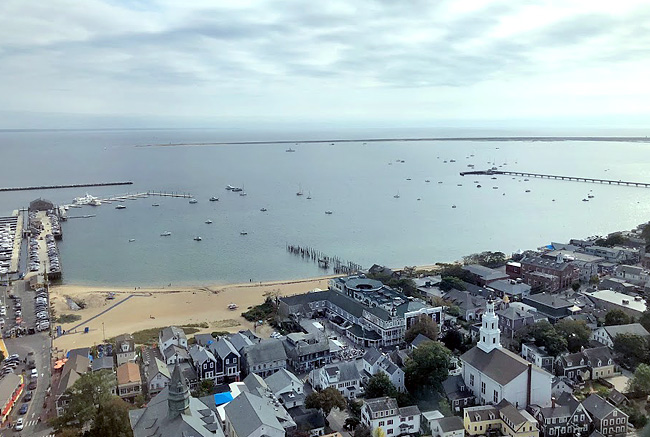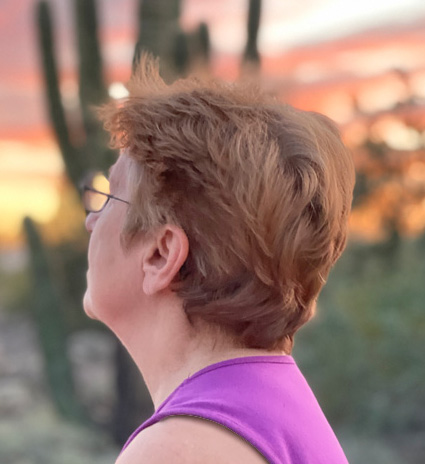
Massachusetts (continued)
Cape Cod
If you look at the map of Massachusetts, the eastern part of the state has the shape of a Turkish shoe with a high curved toe. This is Cape Cod. Actually, it used to be a peninsula, but now it is separated from the mainland by a man-made canal (Cape Cod Canal) and connected to the mainland by two huge bridges (Sagamore Bridge and Bourne Bridge), one of which we took to enter the peninsula.
The house where we stayed was located on the bay, not far from the town of Chatham. The two-story house was built in 1913 and had its own beach. Many houses on the island were covered either with siding or wooden shingles, resembling a fairy tale house, but all were very neat and well-kept, with trimmed lawns.
The next day, when everyone gathered, we set out to explore the town and visit the lighthouse. For some reason, there were many starfish nailed to the shore near the lighthouse. We wandered around the town and had lunch at a restaurant. Cape Cod is famous for its lobster catch, and the menu in the restaurants is abundant with seafood.
After lunch, we went mushroom hunting. There were a lot of mushrooms in the forest. Americans don’t gather mushrooms; they buy them in stores. We only collected the mushrooms we recognized, and in the evening we fried a huge skillet of mushrooms and had fried potatoes with them.
Provincetown
The next morning, we headed to Provincetown, located at the very tip of Cape Cod. This place is famous for the fact that on November 21, 1620, the trading ship Mayflower from the English city of Plymouth docked at its shores with settlers who later founded the first English settlement in Massachusetts — the Plymouth Colony. On this ship, the settlers signed the Plymouth Agreement, which is considered the first American constitution. In honor of the arrival of the first settlers, a granite monument 76.8 meters high was erected in the city between 1907 and 1910.
We climbed the steps to the very top of the tower, where there was a beautiful view of the town and the bay, and visited the museum located nearby. Then we strolled around the town. The town was once known as a fishing center, later gained tourist significance, and then artists and writers settled here. Now, this town is also famous for hosting festivals for “rainbow” people, with rainbow flags displayed in many places.
The next morning, we were preparing to head back. The return journey took us about four hours, taking into account a visit to the town of Yarmouth, traffic, and a stop at the store for lobsters. The evening celebrations continued at home.























